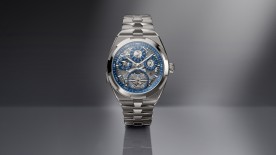Watchmaking has clearly not finished playing with the time machine. For almost a decade, watch brands have been revisiting the past and reviving their icons. Is it because they are running short on inspiration and lack innovative drive? The answer lies in the expectations of a clientele fond of vintage objects and stylistic codes from bygone eras. Taking cues from its heritage models, watchmaking is dusting off history by mixing two essential ingredients: boldness and nostalgia. When skillfully combined, they enable brands to capitalize on past successes, legitimize certain collections and embed them in perfectly crafted narrative.
FOCUSING ON ICONS
Take TAG Heuer, for example. The return of the Monaco in 2003 and the revival of the Carrera in 2004 – which have since become two of the brand’s mainstays – forcefully demonstrated that this vision can work wonders, when well thought-out and adapted to today’s tastes. This year, TAG Heuer unveiled a gold version of its Carrera Skipper, a watch that was a blast from the past in 2023, initially appearing in a steel case.
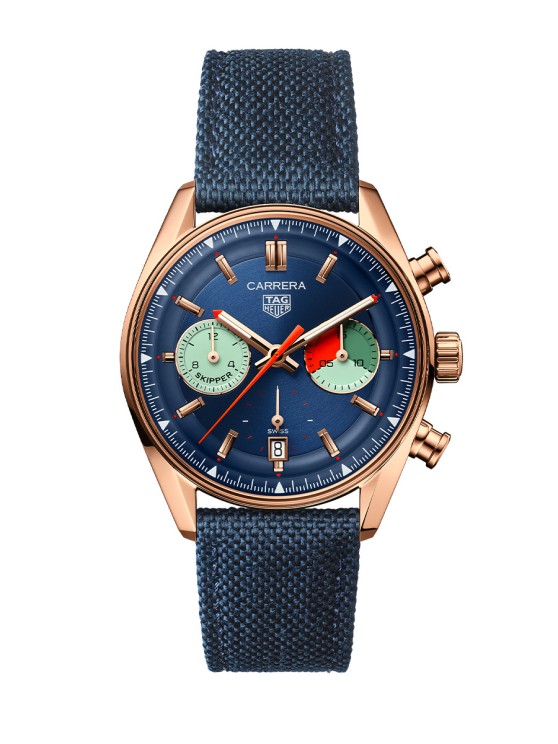
Blancpain followed the same winning strategy in 2003, when it gave a new lease on life to its emblematic diver’s watch, ushering the famous 1953-born Fifty Fathoms into the 21st century. This year, the saga continues with new 42mm automatic models in red gold or titanium.
Offering one of the famous illustrations of this approach, Cartier has been working since 2017 on the redeployment of its iconic collections. The Panthère, the Baignoire, the Santos-Dumont, the Tank and other exceptional models from the Cartier Privé collection regularly thrill watch devotees, as does the elegant Cartier Privé Tortue Chronographe Monopoussoir presented this year at Watches and Wonders.
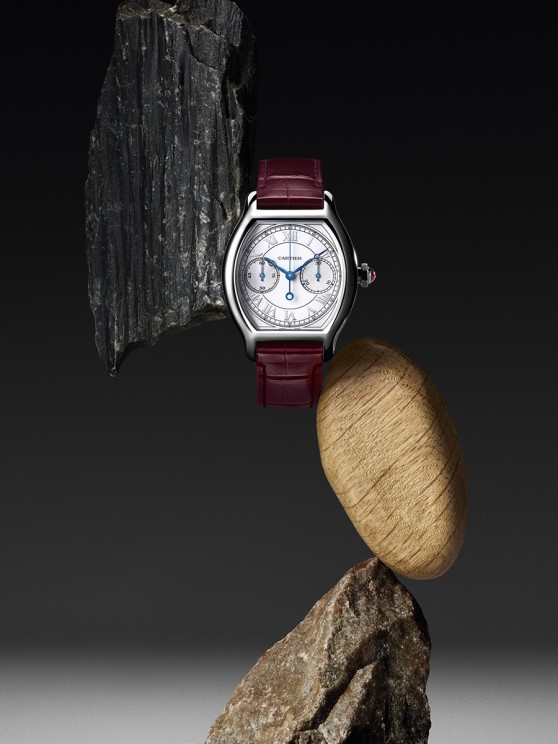
REVIVING THE GOLDEN AGE
The difficulty lies in not betraying the original timepiece, while nonetheless remaining perfectly in tune with the times, as skillfully demonstrated by Vacheron Constantin. In 2022, when the Maison presented its revival of the 222 in 2022, an emblematic model from the 1970s, it was an immediate hit. Piaget has achieved the same success – at least in the media – by reviving the jet-set codes of the late 1970s. Its new Polo 79 looks almost exactly like the original, except that its diameter has been significantly broadened from 34 to 38mm and its quartz movement has been replaced by an ultra-thin self-winding in-house caliber.
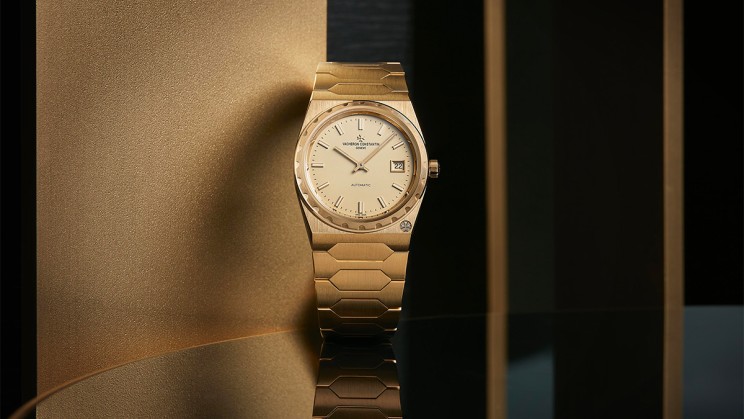
Zenith is taking a fairly similar approach and the watches unveiled in the Revival range pledge allegiance to the original models. Such is the case with the Defy Revival A3648 launched during Watches and Wonders 2024. With its angular 37mm case topped by the 14-sided vintage bezel, this re-edition retains the essential features of the 1969 reference that was one of the very first Defy wrist- watches and also one of the first Defy diver’s models.

WHAT ABOUT INNOVATION?
Brands can taken different routes between adopting the rigid straitjacket imposed by the past and freedom of interpretation. When Alpina celebrated its 140th anniversary with two 14-piece limited series called Heritage Carrée Mechanical 140 Years, the aesthetic chosen to adorn the original 490 movement created in 1938 was clearly inspired by the 1930s, while the watch was also endowed with contemporary attributes such as a sapphire caseback.
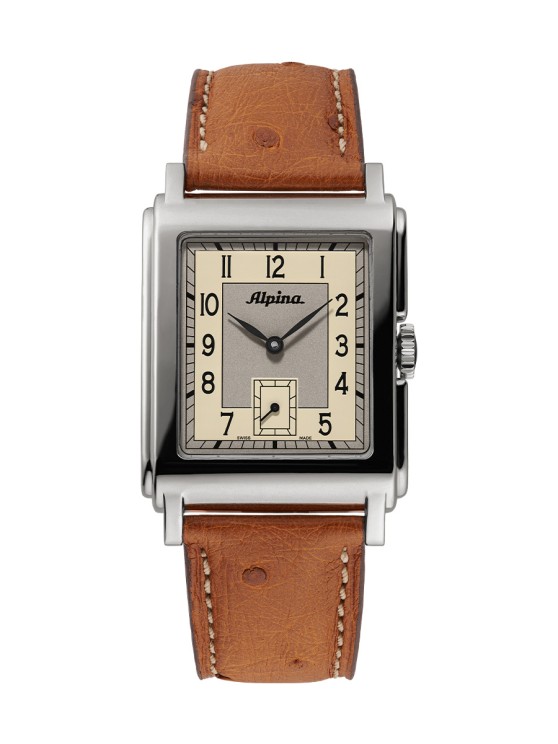
In presenting its [RE]Master02 directly inspired by a 1963 brutalist-style asymmetrical model, Audemars Piguet highlighted its commitment to modernity. “Audemars Piguet has always been attached to its past while looking to the future”, says CEO Ilaria Resta. This 250-piece limited edition powered by an ultra-thin caliber is sculpted in sand gold, a new gold alloy developed by the brand. To accentuate the asymmetry of the case, the sapphire crystal has been beveled by dint of two years’ R&D. A reminder that it’s perfectly possible to look back in time without overlooking innovation.
Because you are a WorldTempus reader, we are delighted to offer you the digital version of this GMT Magazine which you can download here.
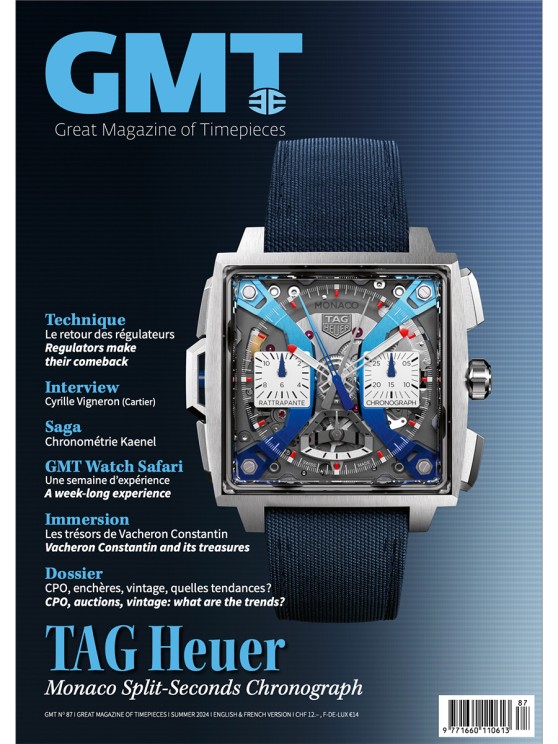
![Audemars Piguet [RE]Master02 © Audemars Piguet](/sites/default/files/styles/card_350x197/public/2024-07/78647.jpg.jpeg?itok=h3TsCtWL)









